2024 December 16
No Invertebrate Alerts were issued on December 14 and 15.
Jeremy Tatum writes: Although there have been no submissions yet (3:00 pm) today, December 16, I am issuing this Alert with an appeal for photographers to visit the Nature House at Goldstream Park to look for and photograph Winter Moths (Operophtera sp.) there. You’d probably need to go there before Christmas – after Christmas may be too late. Unfortunately, I don’t think I’ll be able to go there myself.
Nearly all Winter Moths that we see in Victoria are the European Winter Moth O. brumata. However, at Goldstream there is a better than evens chance that you will see and photograph the native Western Winter Moth O. occidentalis. Photographs of the males are of interest. However, of particular interest would be close-up photos of the wingless females, to see if it is possible to distinguish between the females of the two species. It probably is possible, but we need to study them.
There is also a small chance of finding the much less common O. danbyi.

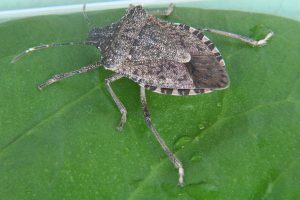 Halyomorpha halys (Hem.: Pentatomidae) Jeremy Tatum
Halyomorpha halys (Hem.: Pentatomidae) Jeremy Tatum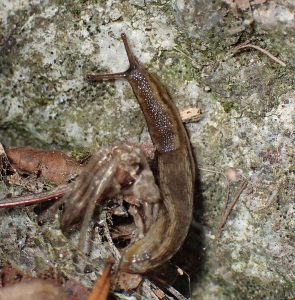 * Garden Slug Arion hortensis (Pul.: Arionidae) Ian Cooper
* Garden Slug Arion hortensis (Pul.: Arionidae) Ian Cooper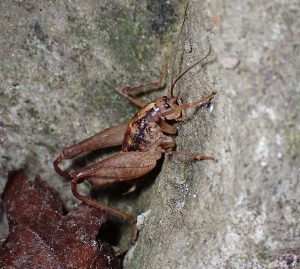 * Camel cricket Pristoceuthophilus celatus (Orth.: Rhaphidophoridae) Ian Cooper
* Camel cricket Pristoceuthophilus celatus (Orth.: Rhaphidophoridae) Ian Cooper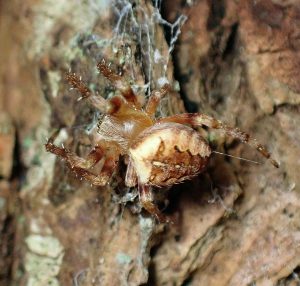 # Cross Orb-weaver Araneus diadematus (Ara.: Araneidae) Ian Cooper
# Cross Orb-weaver Araneus diadematus (Ara.: Araneidae) Ian Cooper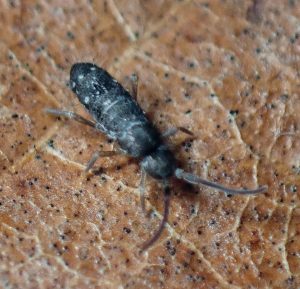 # Elongate-bodied springtail Tomocerus sp. (Coll.: Tomoceridae) Ian Cooper
# Elongate-bodied springtail Tomocerus sp. (Coll.: Tomoceridae) Ian Cooper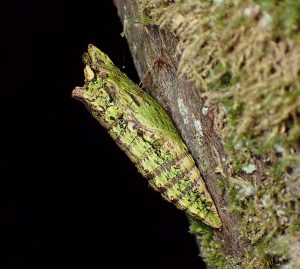 # Chrysalis of Tiger Swallowtail Pterourus sp. (Lep.: Papilionidae) Ian Cooper
# Chrysalis of Tiger Swallowtail Pterourus sp. (Lep.: Papilionidae) Ian Cooper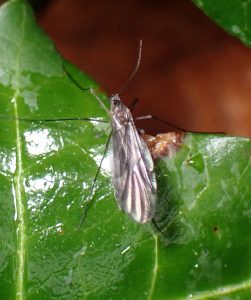 #Probably a winter gnat (Dip. – Nematocera: Trichoceridae) Ian Cooper
#Probably a winter gnat (Dip. – Nematocera: Trichoceridae) Ian Cooper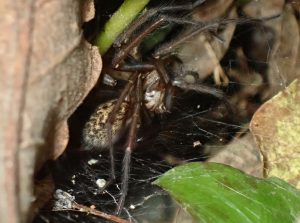 Giant House Spider Eratigena duellica (Ara: Agelenidae) Ian Cooper
Giant House Spider Eratigena duellica (Ara: Agelenidae) Ian Cooper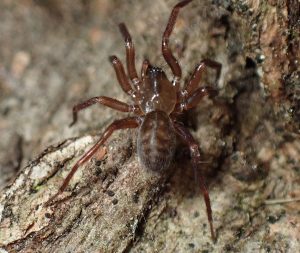 Identification uncertain Ian Cooper
Identification uncertain Ian Cooper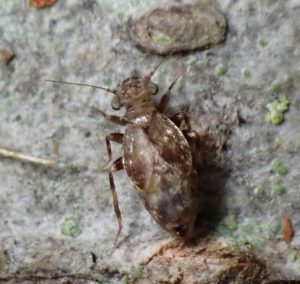 Bark Louse Pteroxanium kelloggi ( Psoc.: Lepidopsocidae ) Ian Cooper
Bark Louse Pteroxanium kelloggi ( Psoc.: Lepidopsocidae ) Ian Cooper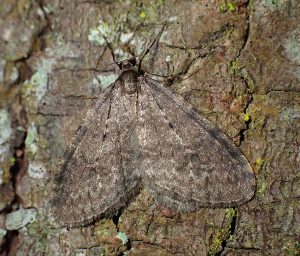 European Winter Moth Operophtera brumata (Lep.: Geometridae) Ian Cooper
European Winter Moth Operophtera brumata (Lep.: Geometridae) Ian Cooper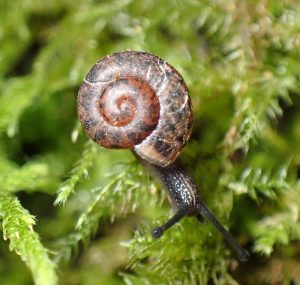 Flamed Tigersnail Anguispira alternata (Pul.: Discidae) Ian Cooper
Flamed Tigersnail Anguispira alternata (Pul.: Discidae) Ian Cooper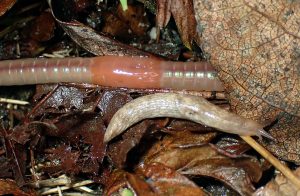 Earthworm, possibly Lumbricus terrestris (Haplotaxida – Lumbricidae)
Earthworm, possibly Lumbricus terrestris (Haplotaxida – Lumbricidae)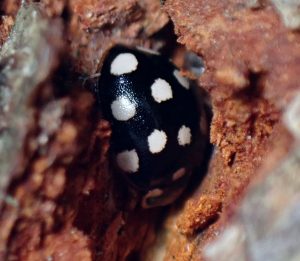 Calvia quatuordecimguttata (Col.: Coccinellidae) Ian Cooper
Calvia quatuordecimguttata (Col.: Coccinellidae) Ian Cooper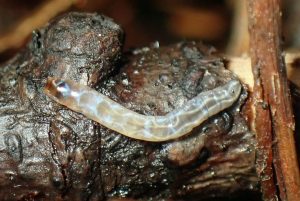 Possibly larva of crane fly Dicranota sp. (Dip.: Tipulidae) Ian Cooper
Possibly larva of crane fly Dicranota sp. (Dip.: Tipulidae) Ian Cooper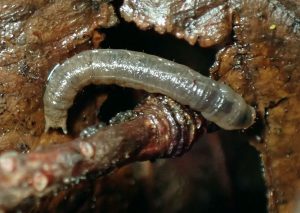 Probably larva of crane fly Tipula paludosa (Dip.: Tipulidae) Ian Cooper
Probably larva of crane fly Tipula paludosa (Dip.: Tipulidae) Ian Cooper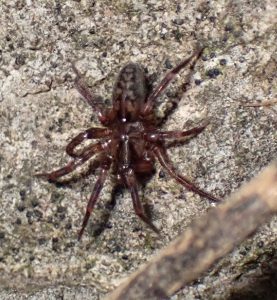 * Cybaeus sp. (Possibly C. reticulatus ) (Ara.: Cybaeidae) Ian Cooper
* Cybaeus sp. (Possibly C. reticulatus ) (Ara.: Cybaeidae) Ian Cooper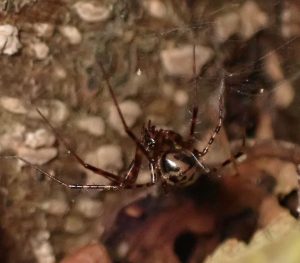 #Forest Spider Pimoa altioculata (Ara: Pimoidae) Ian Cooper
#Forest Spider Pimoa altioculata (Ara: Pimoidae) Ian Cooper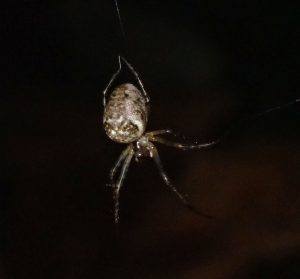 #Long-jawed Orb Weaver Metellina sp. (Ara.: Tetragnathidae) Ian Cooper
#Long-jawed Orb Weaver Metellina sp. (Ara.: Tetragnathidae) Ian Cooper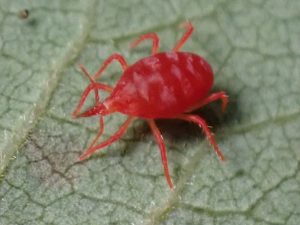 #Snout mite (Acari: Bdellidae) Ian Cooper
#Snout mite (Acari: Bdellidae) Ian Cooper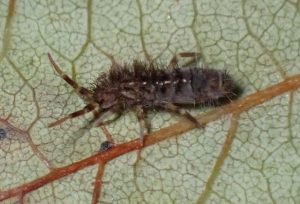 #Springtail Orchesella villosa (Coll.: Orchesellidae) Ian Cooper
#Springtail Orchesella villosa (Coll.: Orchesellidae) Ian Cooper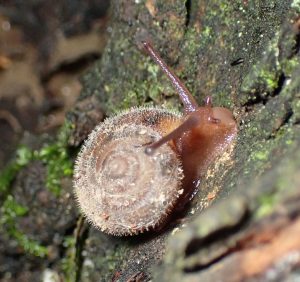 #Northwest Hesperian Vespericola columbianus (Pul.: Polygyridae) Ian Cooper
#Northwest Hesperian Vespericola columbianus (Pul.: Polygyridae) Ian Cooper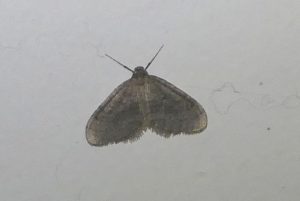 European Winter Moth Operophtera brumata (Lep.: Geometridae) Aziza Cooper
European Winter Moth Operophtera brumata (Lep.: Geometridae) Aziza Cooper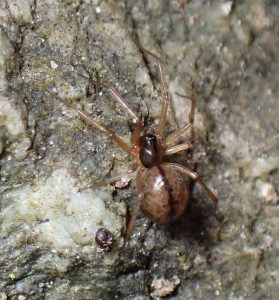 * A very small (2.5 mm) female linyphiid spider (Ara.: Linyphiidae- Erigoniinae) Ian Cooper
* A very small (2.5 mm) female linyphiid spider (Ara.: Linyphiidae- Erigoniinae) Ian Cooper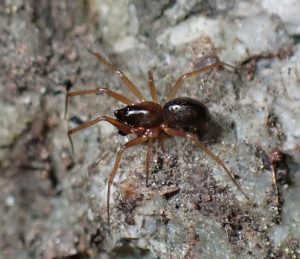 * A very small (2.5 mm) male linyphiid spider (Ara.: Linyphiidae- Erigoniinae) Ian Cooper
* A very small (2.5 mm) male linyphiid spider (Ara.: Linyphiidae- Erigoniinae) Ian Cooper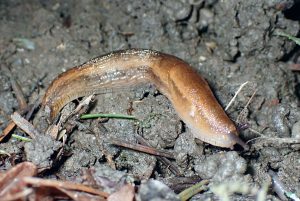 # Dusky Arion Arion subfuscus (Pul.: Arionidae) Ian Cooper
# Dusky Arion Arion subfuscus (Pul.: Arionidae) Ian Cooper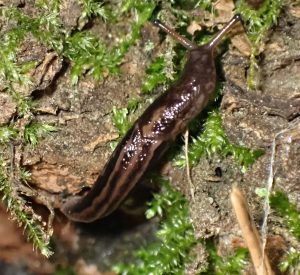 * A young, vividly marked Limax maximus (Pul.: Limacidae) Ian Cooper
* A young, vividly marked Limax maximus (Pul.: Limacidae) Ian Cooper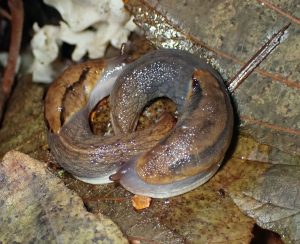 Yellow-Bordered Taildroppers Prophysaon foliolatum (Pul.: Arionidae) Ian Cooper
Yellow-Bordered Taildroppers Prophysaon foliolatum (Pul.: Arionidae) Ian Cooper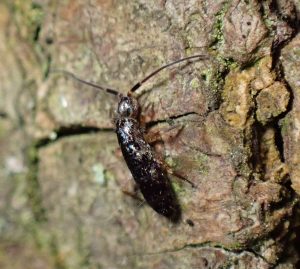 # Elongate-bodied springtail Tomocerus sp. (Coll.: Tomoceridae) Ian Cooper
# Elongate-bodied springtail Tomocerus sp. (Coll.: Tomoceridae) Ian Cooper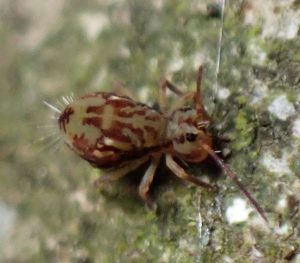 # Globular Springtail Dicyrtomina minuta f. saundersi (Coll.: Dicyrtominidae) Ian Cooper
# Globular Springtail Dicyrtomina minuta f. saundersi (Coll.: Dicyrtominidae) Ian Cooper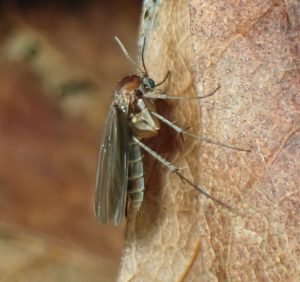 # Fungus Gnat, possibly Dynatosoma sp. (Dip.: Mycetophilidae) Ian Cooper
# Fungus Gnat, possibly Dynatosoma sp. (Dip.: Mycetophilidae) Ian Cooper